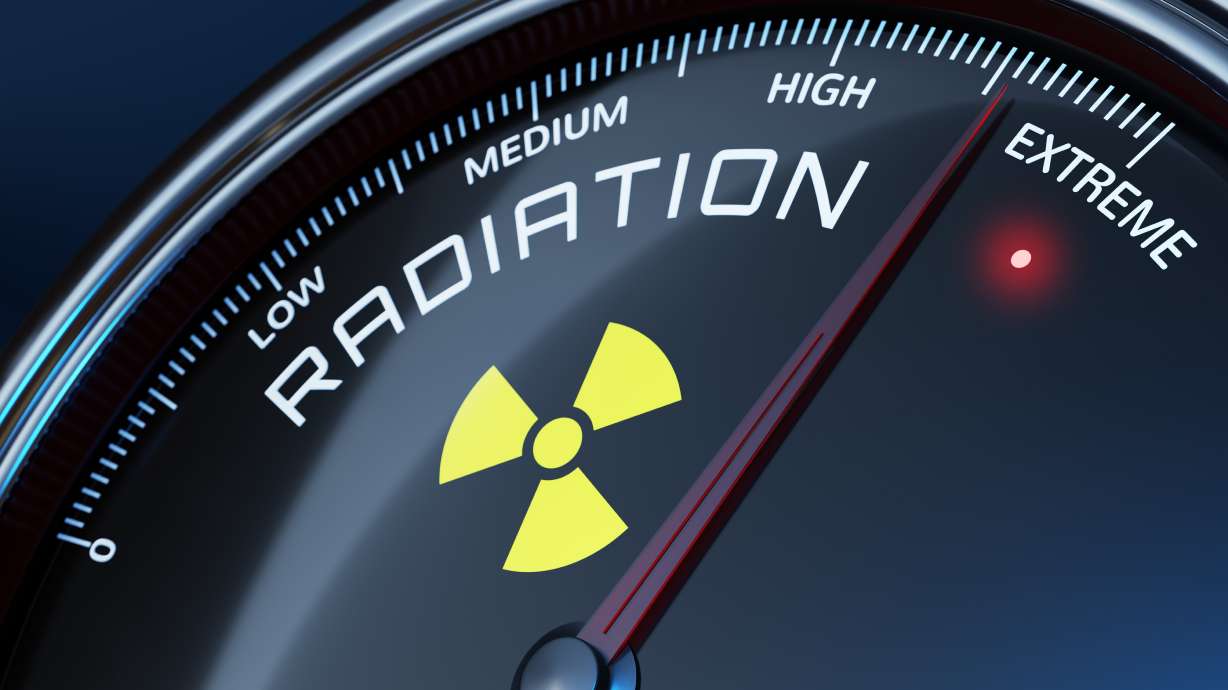Estimated read time: 4-5 minutes
According to a recent study conducted by Alpha Energy Laboratories, 49% of Utah homes have dangerous radon gas levels. That's a significant concern because radon is the leading cause of lung cancer among non-smokers and the second leading cause among smokers.
This statistic is even more harrowing because most Utahns don't know the gas is in their home. Because radon gas cannot be seen or smelled, many Utahns don't realize they're being exposed until a family member is diagnosed with cancer or other lung diseases.
While radon exposure is a significant health concern, radon-induced lung cancer is entirely preventable. "Testing your home is the only way to know if radon levels are high. If radon levels in your home are high, you and your family could be at risk for lung cancer from radon," explains the Centers for Disease Control and Prevention.
The good news is radon test kits are easy to use and UtahRadon.org offers one free radon test kit per household.
Here are the stories of three Utahns who are on the frontlines of radon awareness after radon-induced lung cancer wreaked havoc on their lives.
Testing your home is the only way to know if radon levels are high. If radon levels in your home are high, you and your family could be at risk for lung cancer from radon.
–Centers for Disease Control and Prevention
Bill's experience with 'wildly metastatic' lung cancer
Bill Johnson is a husband, father, avid mountain biker, and trail runner from Park City who was diagnosed with "wildly metastatic" non-smoking lung cancer at 43 years old after experiencing a few months of back pain.
Fourteen years before his diagnosis, he tested his home for radon and put it out of his mind when his home tested low. Unfortunately, radon can fluctuate over time, and testing on a regular two-year schedule may have found an increase in radon before he experienced prolonged exposure.

Bill is dedicated to educating Utahns on the danger of radon. "Radon levels change with variables and ventilation, so it's really important to monitor consistently and be aware if those levels shoot high," Bill shared with UtahRadon.org. "Having non-smoking lung cancer is detrimental to your health in so many ways…it's a morbid existence at times."
Connie's fight with metastasized lung cancer
Connie Alexakos was diagnosed with lung, bone, and liver cancer at 75 years old after being exposed to radon in her Kamas home. Her symptoms began with a mild cough, and over time, they progressed enough to warrant a CT scan, which led to a non-smoking lung cancer diagnosis.
Connie tested her home for radon and discovered she'd been living in a space with nearly five times the World Health Organization's (WHO) recommended mitigation level. She then wanted to test the home where her grandchildren lived in Heber City. She found they had been living in a home that was almost 10 times the WHO's recommended mitigation level.
It took two years to get a CT scan and had more education been distributed publicly about radon and had proactive steps been made in the healthcare system, her cancer may not have ever taken place.

"I want all Utahns to know radon is the number one cause of non-smoking related lung cancer, and by the time you know about it, and do something about it, it could be way too late," Connie shared with UtahRadon.org. "If I'd known about this at stage one, it could have been much easier to treat." Connie wants to make sure people know that if a home does test high, installing a permanent radon mitigation system is affordable (typically between $1,800 - $2,400).
Kerri's battle with stage four lung cancer
Lehi resident Kerri Robbins was a 65-year-old healthy woman when she was diagnosed with stage four non-smoking lung cancer. Since her diagnosis in 2022, her cancer has spread to her brain, causing seizures and pain in her arm.
Kerri tested her home for radon after her diagnosis and found her home's level was 31.1 picocuries per liter (pCi/L), nearly 12 times the rate the WHO recommends installing a radon mitigation system.

Kerri is known in her community for her elaborate annual cookie decorating party. Unfortunately, due to the progression of her disease, she wasn't able to have a party in 2024. She's made it her life's mission to educate the public on radon and wants to do anything she can to help people avoid non-smoking lung cancer.
"If this could happen to me, it could happen to anybody, and I don't want it to happen to anybody else. Please, test your home for radon." -Kerri Robbins
What you can do about radon
Radon is dangerous, but radon-induced lung cancer can be prevented by testing your home and installing a radon mitigation system if your home tests high. Leading health organizations recommend testing your home every two years. All Utahns can request one free radon test at UtahRadon.org.








